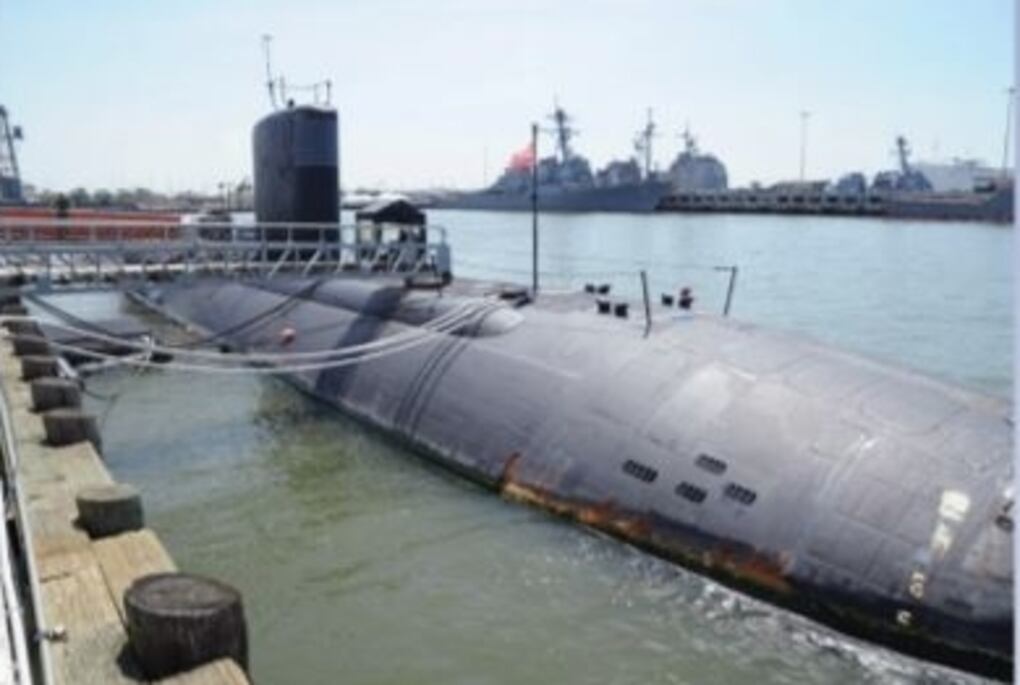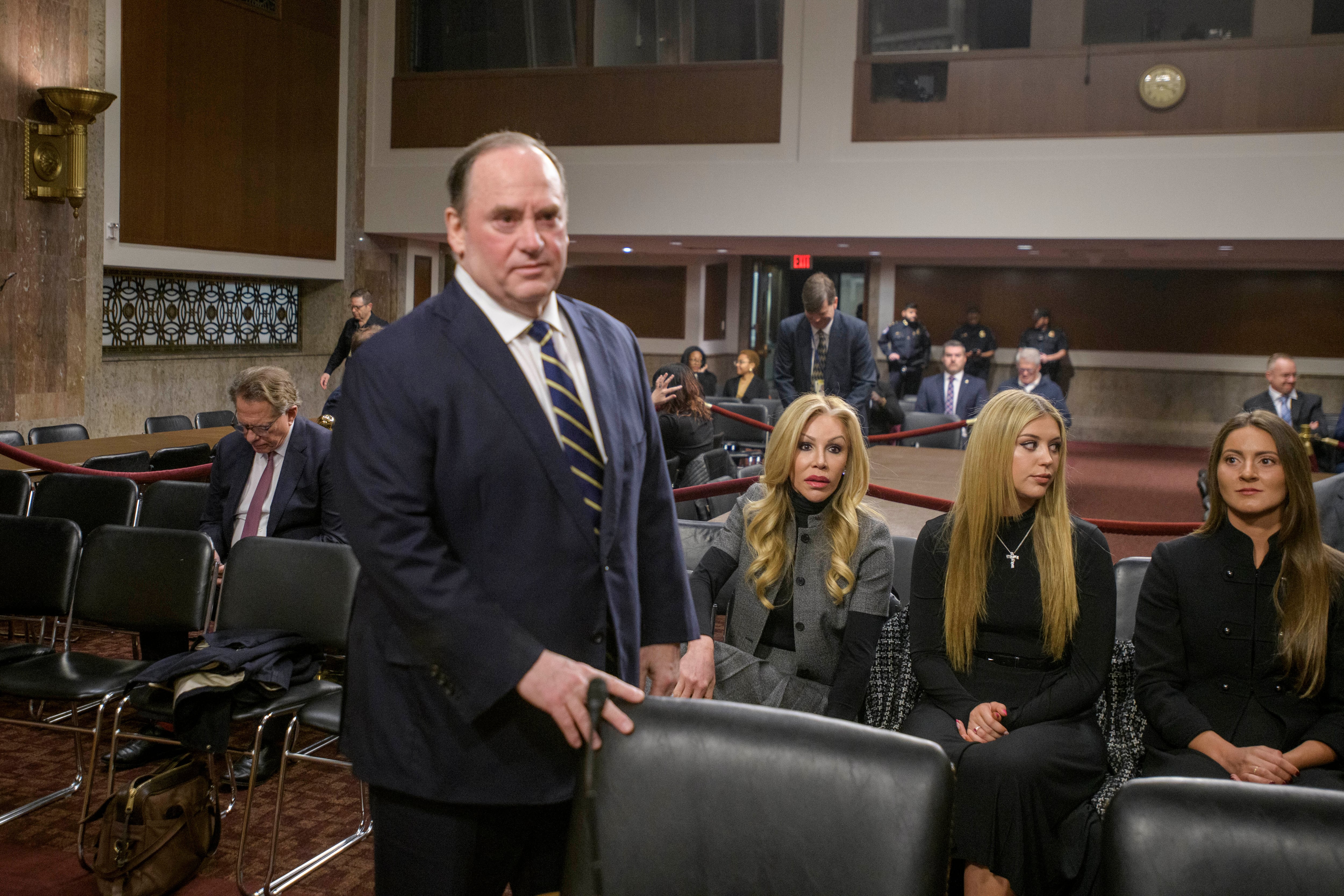NORFOLK, Va. ― Days before the end of the fiscal year, and without a foreseeable budget deal, Defense Secretary Mark Esper took a tour of the fast attack submarine Boise on Wednesday, which has in recent years become famous for all the wrong reasons.
The boat has been pier-side since 2016 — caught in a vortex of uncertain funding and backed-up shipyards ― waiting for an overhaul availability so it can get much-needed upgrades and head back underway.
It’s one of many commands that will take a hit if the Defense Department is forced to continue funding itself at last year’s budget levels, which is what happens when Congress passes a continuing resolution instead of a new appropriations bill.
“Every day that we have a CR means it’s a day that … everything is impaired,” Esper said. “Not only if this drags on for weeks, months, but it could be up being a year-long continuing resolution. That is devastating to our military readiness.”

Esper visited Boise as part of his first trip to Naval Station Norfolk, part of a two-day trip that included a stopover at Marine Corps Base Camp Lejeune, North Carolina, to get better acquainted with the sea services after spending most of his career in and around the Army.
Boise has been giving a lot of tours lately, a sailor on the pier told Military Times, because it’s been out of rotation for so long.
RELATED

Late last year, the Government Accountability Office published a searing report on maintenance issues affecting Boise and other Los Angeles-class boats, costing taxpayers $1.5 billion for more than 10,000 days spent idle by the pier from 2008 to 2018.
Much of that had to do with workforce shortages at nearby public and private shipyards, exacerbated by the roller coaster of uncertain funding, as defense contractors tried to manage their own budgets based on the Pentagon’s outlook.
Esper also acknowledged the submarine force’s operational tempo, and that of the fleet at large, for pushing ships out for longer, tougher deployments that require more extensive recovery periods.
“We need to better manage the demand coming from our combatant commands, so that we can stick to maintenance schedules,” he said.
Meghann Myers is the Pentagon bureau chief at Military Times. She covers operations, policy, personnel, leadership and other issues affecting service members.










